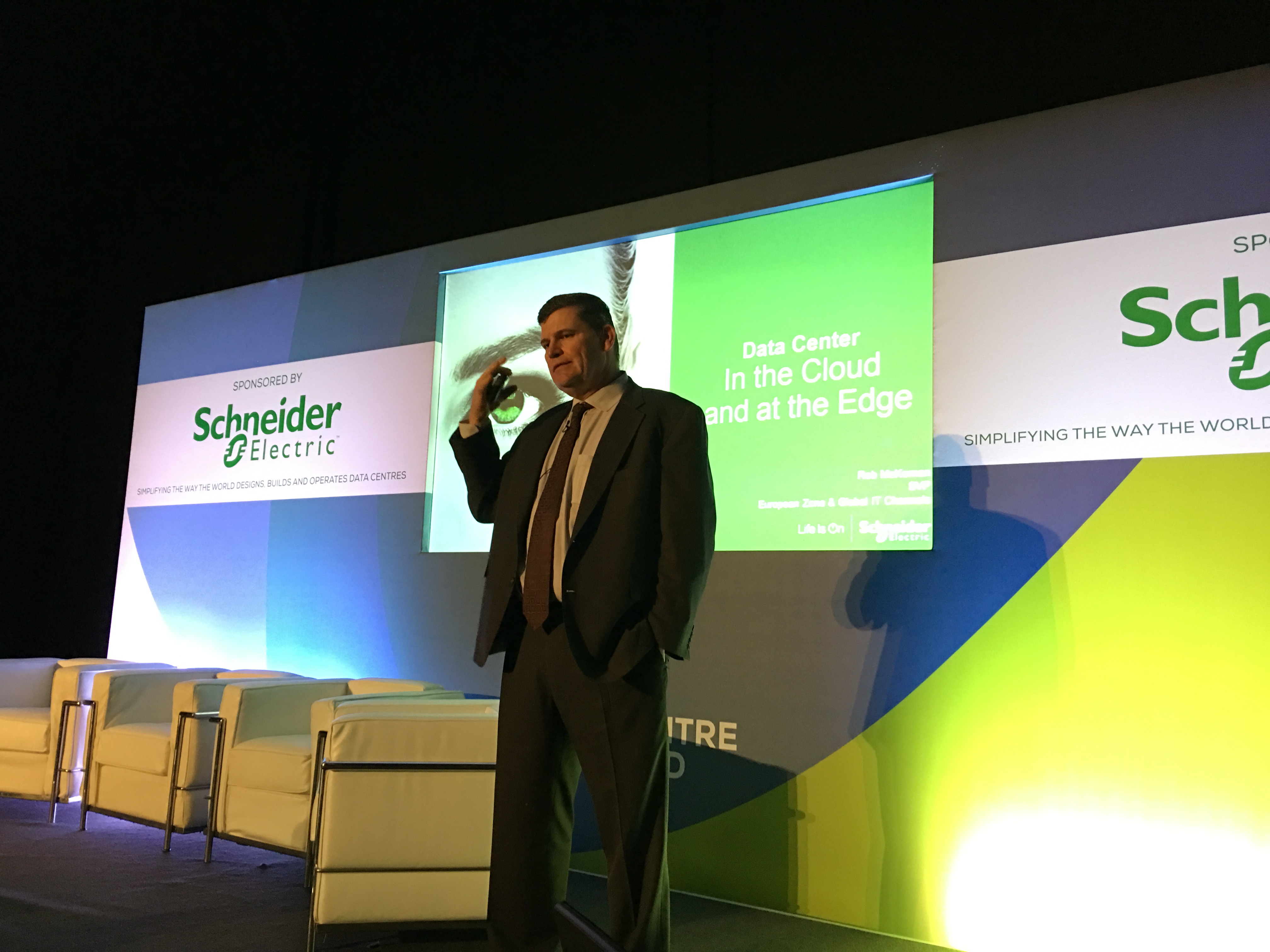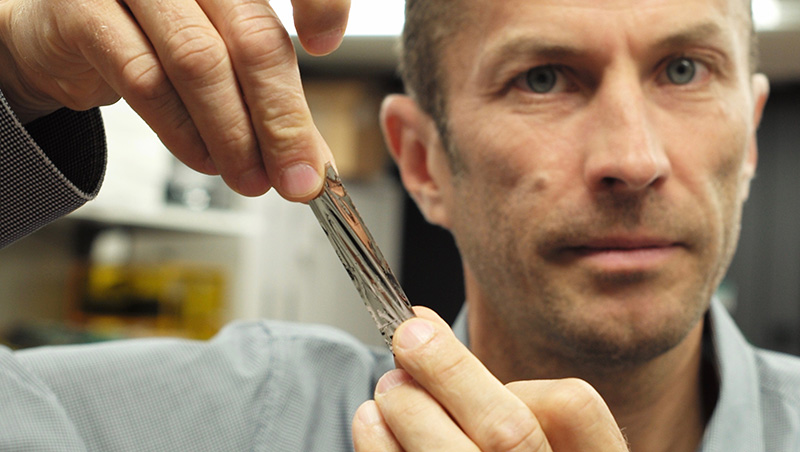Decentralised data centres 'could edge out cloud'
Could a more hybrid ecosystem see infrastructure move away from the core?


IT architecture must evolve into a more hybrid ecosystem to keep up with demand from more bandwidth-intensive content and the Internet of Things.
This is according to Rob McKernan, senior vice president at Schneider Electric, who used his keynote speech at the Data Centre World conference in London today to say that not too long ago the industry believed that all computing would eventually centralise to the cloud.
In North America, he said, the cloud was quite well built out, with Europe not too far behind and Asia bringing up the rear.
"The cloud was created for the needs of the day but those needs have changed," he said. "The pendulum is shifting back to decentralisation."
McKernan said that this decentralisation was driving innovation faster than ever before and was triggered by an explosion of content and IoT.
"This is putting pressure on bandwidth and the demand on data is growing tremendously," said McKernan.
By 2020 there would be 30 billion connected objects, four billion connected people and nine zettabytes of IP traffic, he predicted. To digest this data the industry would need 45.6 million square metres of data centre space and 57.9GW of power.
Get the ITPro daily newsletter
Sign up today and you will receive a free copy of our Future Focus 2025 report - the leading guidance on AI, cybersecurity and other IT challenges as per 700+ senior executives
A hybrid ecosystem composed of three types of datacentre would be needed to satisfy these needs, he argued.
As well as a centralised cloud data centre, there would be a need for regional data centres as well as more localised micro data centres.
These smaller data centres closer to the edge would make up for a shortfall of cloud data centres. McKernan said that financial institutions would require this to overcome latency problems with transactions.
Regional data centres would be necessary, especially as more regulation will require data to stay within particular jurisdictions, such as government departments.
"Edge solutions address these issues by putting applications and services closer to users and things," McKernan said. "This ensure companies meet their goals."
He added that IoT can also benefit from edge data centres closer to these types of devices and that IoT would also help in managing such infrastructure.
"IoT and analytics will enable a more effective way to manage and maintain these data centres," he said.
"The future is moving to a cloud architecture of centralised, regional, and localised edge data centre. This will address speed, scaling, and cost."
Rene Millman is a freelance writer and broadcaster who covers cybersecurity, AI, IoT, and the cloud. He also works as a contributing analyst at GigaOm and has previously worked as an analyst for Gartner covering the infrastructure market. He has made numerous television appearances to give his views and expertise on technology trends and companies that affect and shape our lives. You can follow Rene Millman on Twitter.
-
 Bigger salaries, more burnout: Is the CISO role in crisis?
Bigger salaries, more burnout: Is the CISO role in crisis?In-depth CISOs are more stressed than ever before – but why is this and what can be done?
By Kate O'Flaherty Published
-
 Cheap cyber crime kits can be bought on the dark web for less than $25
Cheap cyber crime kits can be bought on the dark web for less than $25News Research from NordVPN shows phishing kits are now widely available on the dark web and via messaging apps like Telegram, and are often selling for less than $25.
By Emma Woollacott Published
-
 IBM breathes life into magnetic tape with storage breakthrough
IBM breathes life into magnetic tape with storage breakthroughNews IBM and Sony squeeze 330TB uncompressed data into a palm-sized cartridge
By Jane McCallion Published
-
 Looking for profit in the Internet of Things
Looking for profit in the Internet of ThingsIn-depth Inside the Enterprise: How can CIOs make the most of the opportunities presented by the Internet of Things?
By Stephen Pritchard Published
-
 Pulse 2011: Service management to shine this year
Pulse 2011: Service management to shine this yearNews Service management, strategy and execution will soon have their time in the spotlight, according to IBM.
By Maggie Holland Published
-
 Lower level workers missing flexible working tools
Lower level workers missing flexible working toolsNews Higher level employees are getting the tools they need for remote working, but those lower down the pecking order are missing out, a report indicates.
By Tom Brewster Published